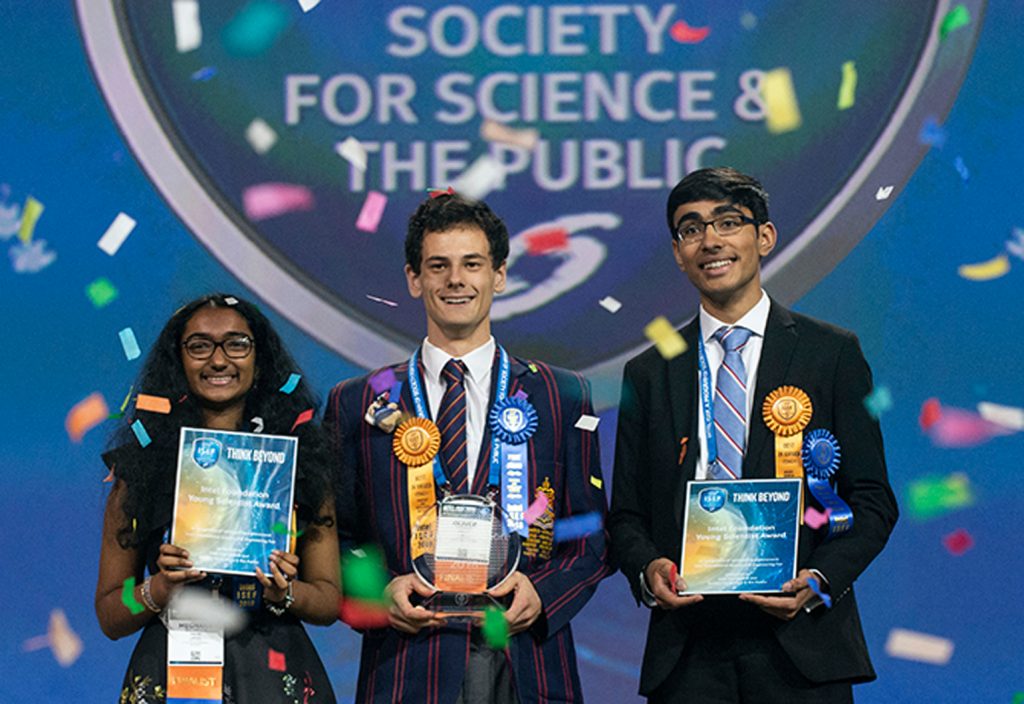Australian students have emerged victorious at an international science and engineering competition, winning a slew of awards and showcasing Australian ingenuity. Here’s a look at some of their creations.
High-school student Oliver Nicholls won first place at the competition thanks to his creative application of autonomous technology.
Nicholls took home US$75,000 in prize money and the Gordon E. Moore Award, which is given to the “best of the best” at the Intel International Science and Engineering Fair (Intel ISEF). The annual event, held this year in the US city of Pittsburg, Pennsylvania, is one of the world’s largest science and engineering fairs.
The 19-year-old Sydneysider impressed the judges with his fully autonomous robotic window cleaner. The device comprises drones, motors and propellers armed with water and micro-fibre scrubbers to move along the facades of high rise commercial buildings.
The device costs roughly $2300 to make, and can withstand 45 km/h winds. Nicholls said he hopes his design reduces both the incidence of injury for cleaners as well as operational costs, as traditional cleaning methods can run upwards of $11,000 per session.
The budding engineer first presented his idea during the 2018 BHP Billiton Foundation Science and Engineering Awards, for which he won first place in the engineering category.
Nicholls wasn’t the only Australian standout – the whole delegation performed well. Five finalists secured a total of 11 category awards against a field of more than 1800 high-school students representing 81 countries.
Macinley Butson, 17, and Jada Moxey, 16, together won third place in the Environmental Engineering category for a portable water treatment system. Their solar-powered sanitation and sterilisation (SAS) system produces both potable drinking water and medical-grade sterile water using a chemical filtration unit, a solar disinfection system and a copper storage unit.
Butson adds this award to an already long list of accomplishments, including being named the NSW Young Australian of the Year in 2018 and receiving the Australian Stockholm Junior Water Prize in 2017.
Angelina Arora was right behind them, earning fourth in the Environmental Engineering category. Her innovation is a plastic alternative made from prawn shells and silk proteins that is completely biodegradable. She plans to expand the project to include variations made from potatoes, corn and tapioca.
These distinctions showcase not only the bright future ahead for these winners, but could serve as a catalyst for further innovation and foster the next generation of Australian problem solvers.
You can find a complete list of Grand Winners here and a list of Special Award Winners here.
